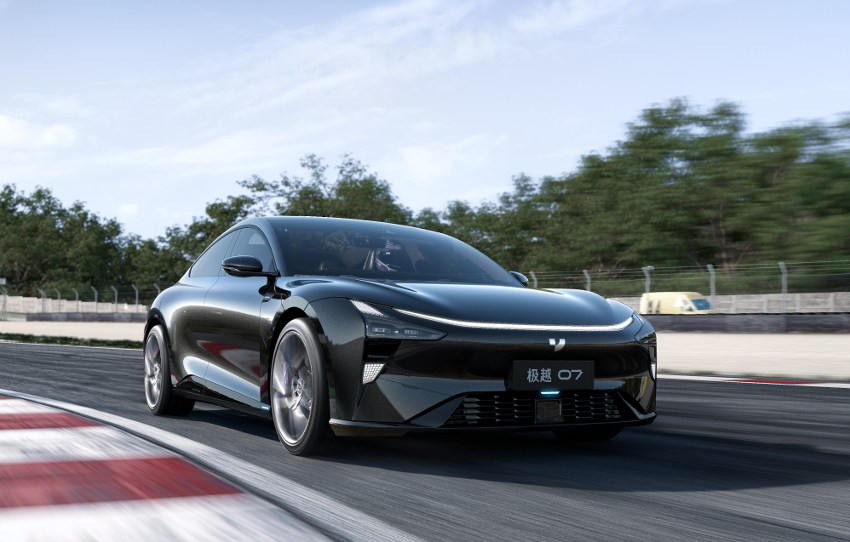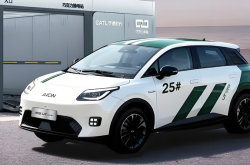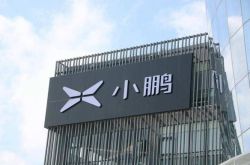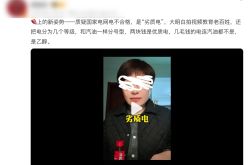The Knockout Stage of the Automotive Industry Accelerates
![]() 02/08 2025
02/08 2025
![]() 497
497
Trading Volume for Price?
The formidable price war is far from over. At the dawn of 2025, Li Auto and NIO couldn't wait to launch their initial salvos.
On January 1, NIO announced a limited-time policy to cover "trade-in" subsidies. For users of NIO and Ledo brands purchasing vehicles and issuing invoices from January 1 to February 28, if they are unable to apply for government trade-in subsidies due to the new vehicle invoice date preceding the required timeframe for the government's 2025 "trade-in" policy, NIO and Ledo will provide full subsidy coverage in the form of points and equivalent power subsidies.
On the same day, Wuling Motors announced price adjustments for multiple models of the Wuling Bingguo SUV, with reductions ranging from RMB 2,000 to RMB 6,000.
The next day, Li Auto also decided to offer subsidy coverage for users ordering and delivering Li Auto vehicles from January 1 to January 31.
Meanwhile, according to incomplete statistics, as of now, more than ten automakers, including BYD, Lantu Auto, Leap Motor, XPeng Motors, FAW-Toyota, Chery Automobile, GAC Aion, and Geely Automobile, have launched various promotional policies with varying degrees of intensity. These include cash red envelopes, trade-in subsidies, car purchase benefits, and other forms, with limited-time comprehensive subsidies reaching up to RMB 45,000.
While national and local subsidies continue to stimulate consumer demand for cars, they also indirectly intensify competition in the domestic automotive market. Despite the hardships faced by automakers, dealers, and suppliers amid the price war, the industry generally still believes that the price war will intensify further in 2025.
Roland Berger's "Anticipating 2025" report points out that the fierce price war in China's passenger vehicle market in 2024 has highlighted significant challenges to automakers' profitability. However, 2025 is set to be an even more extraordinary year. For automakers, localized product definition, differentiated brand marketing, vertical integration of core components, and technological innovation are crucial levers for reshaping value.
Sprint to the Spring Festival Car-Buying Season
Judging from the current situation, the limited-time preferential policies launched by many automakers are primarily aimed at seizing the window of Spring Festival car purchases. This traditionally "off-season" market has now become heated under the impetus of automakers' "price war."
In an internal letter issued by He Xiaopeng, Chairman of XPeng Motors, at the end of 2024 for the start of 2025, he mentioned that market competition would intensify in 2025 and predicted that the price war would commence in January.
His words proved true. Moreover, unlike previous years' "passive" responses, automakers seem to have adapted to this fierce competition and have even begun to take the initiative.
XPeng Motors not only offers a 200,000-point subsidy guarantee for invoices issued before January 31 but also launches a cash subsidy policy of RMB 10,000 for models such as the G6, G9, X9, and P7i.

Image source: XPeng Motors
Leap Motor has also introduced a limited-time Spring Festival gift package delivery event, including a RMB 10,000 cash red envelope and an 888 kWh power card. Geely Automobile has launched a gift package worth a total of RMB 2.5 billion, including a maximum of RMB 30,000 in renewal red envelopes, with the event lasting until January 31. Deep Blue Automobile offers a maximum of RMB 20,000 in cash subsidies and RMB 5,000 in trade-in subsidies for purchases made before the Spring Festival holiday, applicable to the Deep Blue S07 model, while the Deep Blue S05 offers a discount of RMB 5,000. Zeekr Automobile provides an additional 2-year interest-free policy for a limited time.
The discounts offered by joint venture brands are more direct, basically all involving direct price reductions for car purchases. SAIC Volkswagen has launched a Spring Festival New Year Goods Festival, with a maximum trade-in subsidy of RMB 12,000 and a comprehensive discount of up to RMB 60,000 for models. It has also continued to launch a fixed-price event, with the Viloran starting at a limited-time fixed price of RMB 199,900, the Tharu New Trend starting at RMB 79,900, and the Passat Pro starting at RMB 189,900.
FAW-Volkswagen has also introduced limited-time discounted prices, with the Tacqua compact SUV seeing a price reduction of RMB 27,000, dropping the starting price to the RMB 120,000 level. The guidance price for all models of the 2024 Audi Q2L has been reduced by RMB 51,000, with the adjusted price range being RMB 171,800-210,000.
Additionally, FAW Toyota, GAC Toyota, Buick, Chevrolet, Dongfeng Honda, Dongfeng Peugeot, Dongfeng Citroen, Changan Mazda, and many others have seen varying degrees of price reductions. Driven by the "trade-in" policy, this Spring Festival has also become another "peak season" for car purchases.
The knockout stage intensifies. In this invisible battle without smoke, the knockout stage of the automotive industry is also accelerating.
In his keynote speech titled "The Automotive Industry's Accelerating Knockout Stage," Zhang Wei, Chairman of Cornerstone Capital, mentioned that in the revolutionary wave of the new energy automotive industry, new forces with innovative and entrepreneurial spirits, such as Tesla, BYD, and Chery, have emerged. At the same time, the profits of domestic automotive leaders like SAIC, GAC, BAIC, and FAW are plummeting. Among the new forces in car manufacturing, only a few have achieved profitability, while most are struggling on the brink of survival. Internationally, the profits of multinational giants such as Volkswagen, BMW, Mercedes-Benz, Toyota, and Nissan are also declining, with massive layoffs and executive dismissals gradually spreading. In this round of industrial transformation and corporate competition, China's automotive industry will inevitably follow the path of home appliances and smartphones: experiencing a brutal price war, entering a period of mergers and integrations after maturity, and a small number of enterprises emerging as winners through market selection. A batch of automakers will go bankrupt, and the life-and-death knockout stage of China's automotive industry is accelerating.
He Xiaopeng echoed a similar sentiment, expressing his "firm belief that in the next three years, China's new energy vehicles will enter the knockout stage."
In fact, several years ago, Zhu Huarong, Chairman of Changan Automobile, had already warned that in the next 2-3 years, conservatively estimated, 60-70% of brands will face closure, merger, or transformation. At the end of 2024, Zhu Huarong further intensified this prediction, believing that 80% of Chinese brands will face closure, merger, or transformation.

Image source: Geyue Automobile
In 2024, from the explosion of HiPhi Automobile at the beginning of the year to the sudden dissolution of Geyue Automobile at the end of the year, more and more new force brands have collapsed. Recently, Hechuang Automobile has also "reached the end," becoming the first automotive brand to fall in 2025. Deng Chenghao, Vice President of Changan Automobile and CEO of Deep Blue Automobile, stated that the price war will not stop and is likely to intensify. In such a situation, it is dangerous for a company to lose its fundamental health. Automotive companies need a gross margin of 15% to basically survive. If an automaker's gross margin falls below this level, it means selling one car results in a loss, and it is likely to fail to survive. Zheng Yun, Global Senior Partner and Head of Automotive Business in Asia at Roland Berger, believes that during the acceleration phase of the knockout stage, automotive companies must comprehensively strengthen the construction of their own capability models, strive to secure a place in the fierce competition, and seek long-term victory.
This article is originally created by China News Automobile. Welcome to share it with your friends. If media outlets wish to reprint it, please indicate the author and source at the beginning of the text. Any media or self-media outlet producing videos or audio scripts based on any content of this article will be held legally responsible.





